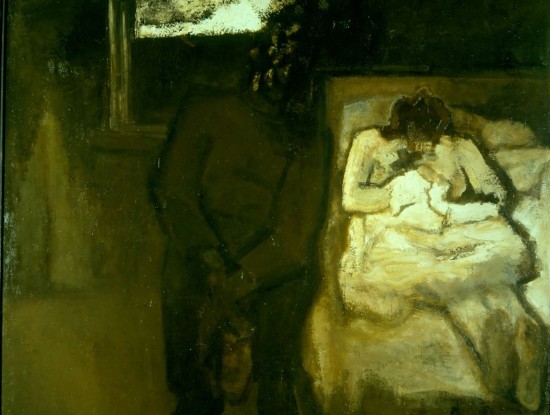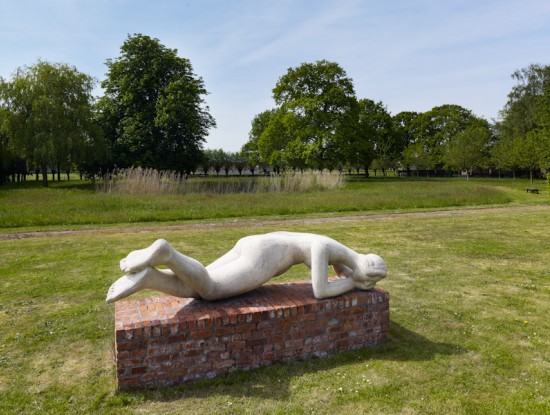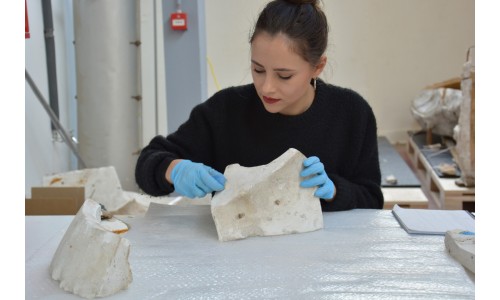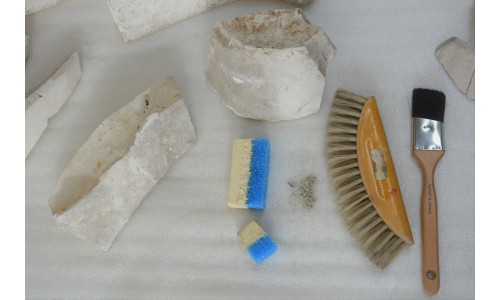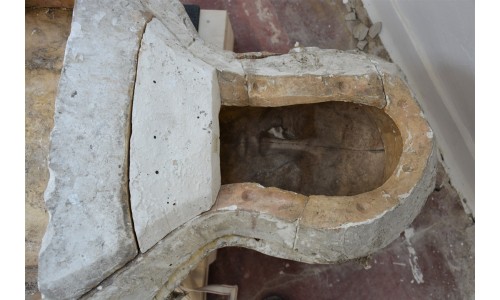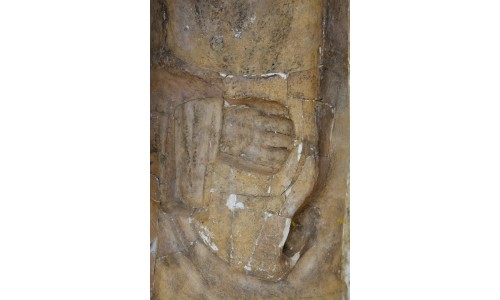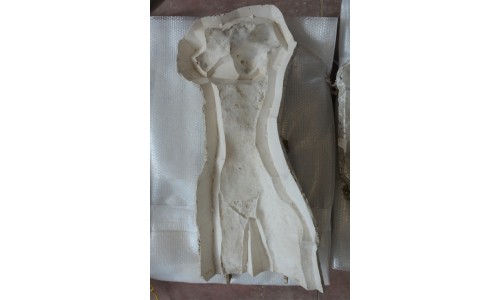BLOG renovation
-
Press release: The Permeke Museum will be closed for renovation.
Today, 10 days earlier than planned, in response to the measures taken by the Flemish government to combat the corona pandemic, the museum, the garden and the temporary exhibition Rein Dufait will be closed again in 2024 with a full newly refurbished museum ...
Intro
Constant Permeke and Permeke Museum, Revisited
Permeke Museum has been closed since 8 November 2020. The former residence of Constant Permeke, “De Vier Winden”, which was purchased by the province of West Flanders in 1960 for conversion into a museum, was in dire need of extensive renovation to meet the requirements of the 21st century. The Flemish community allocated 1,286,000 euros for this. But not only the building is being improved. This is an excellent opportunity to completely rethink the museum in terms of content while at the same time exploring ways to make the artist Permeke and the museum an attractive brand in the 21st century. The museum may be closed, but we would like to keep you informed from now until it reopens in 2022 - you can regard it as a kind of diary of how renovation is progressing, while we also look at the familiar and less well-known stories and facts about Permeke - via the website and facebook.
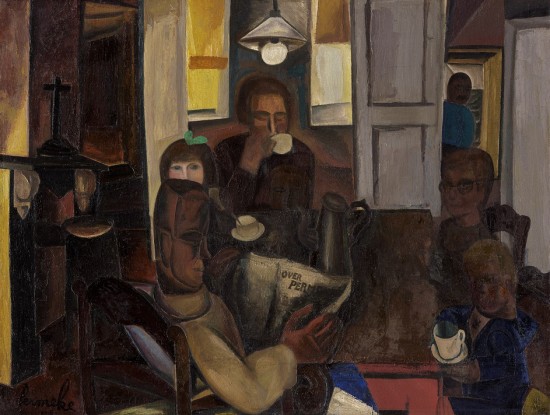
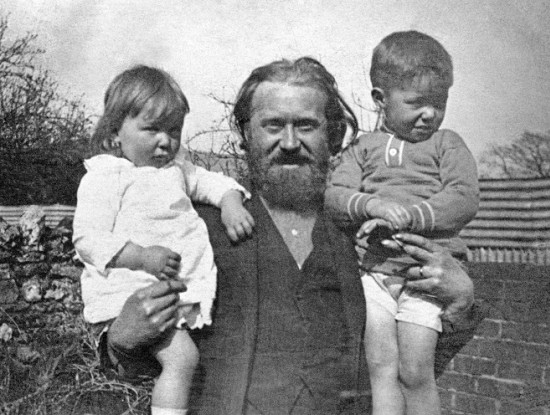
Constant Permeke
Permeke is synonymous with Jabbeke. However, Permeke only lived in Jabbeke for 20 years. Born in Antwerp in 1886, he and his entire family moved to Ostend in 1892, the year in which Ensor painted the well-known work De Gendarmen. He would live in Ostend until the end of the 1920s, with a short stopover in England during the war years.
Did you know that…
Constant Permeke’s father, Henri-Louis, became the first curator of the Museum of Fine Arts in Ostend. He was the man who bought a lot of major works by Ensor, but also by contemporary artists such as Anna Boch, Constantin Meunier, Isidor Verheyden, etc.
He died in 1912 and at his request, was buried next to his artist friend, Louis Artan, in Oostduinkerke.
Léontine, Henri-Louis’ sister and Constant’s aunt, married the father of Maurice Antony, subsequently well-known as the Ostend photographer who immortalized life in Ostend in photographs which still form important archive material about life on the coast in the first half of the 20th century. The photograph of the mirror ball from 1921, with Constant Permeke, James Ensor and Maurice Antony, the photographer himself, is legendary.

November - December 2020
The works of art leave the museum…
Removal of the contents of a museum requires detailed preparation. This is usually the responsibility of the Conservation and Collection Management department. Months before the final move, a schedule was drawn up and arrangements were made with the technical staff. A move is complex in itself, the Corona pandemic made it especially difficult and forced everyone to come up with methods for working safely in shifts. Everything was carefully packed up and the paintings were put into made-to-measure crates. Katoen Natie was contacted, primarily for transport, but also to assist our own staff with handling of the heavy items.
Most of the works left for Mu.ZEE, where they were placed in the depot. A dozen works have been taken to a conservation studio where they will be restored.
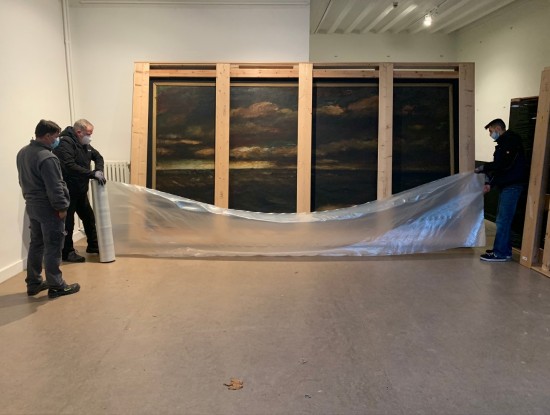
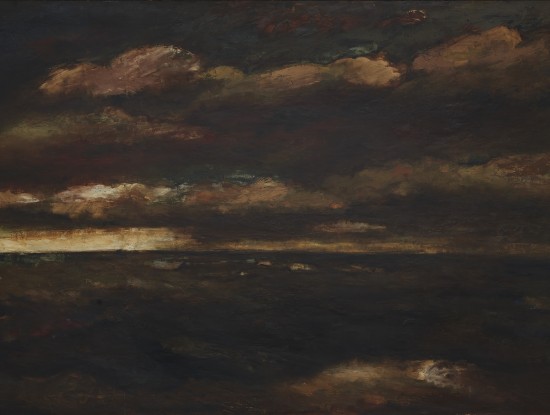
Grote Marine, 1935
The relocation of Grote Marine (Large Seascape) appeals to the imagination because of its exceptional dimensions...
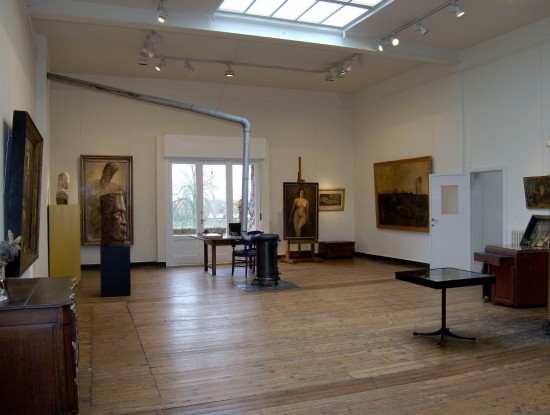
The painting studio
A special place in the museum, where time stood still, is the painting studio on the first floor...
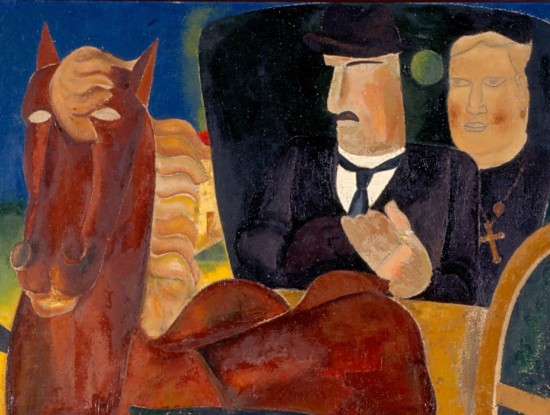
Sculpture Permeke project
Introduction to the Permeke project
During the renovation of the Permeke Museum, research into Permeke’s sculpting techniques also began. This three-year project is subsidised by the Flemish government within the framework of the Cultural Heritage Decree.
A previous blog post described how Permeke only started experimenting with sculpture later in life. He taught himself various techniques such as modelling, moulding and stone cutting, and used various materials such as clay, plaster, bronze and artificial stone. Permeke made different versions of some statues, as a result of which several copies have been preserved. For example, there are 5 versions of Marie-Lou in the Mu.ZEE collection! A few moulds that he used when casting the sculptures are also preserved in the collection. In the past, the different versions and moulds were not always considered to be part of the collection and for this reason they have not been properly itemised and registered. We will deal with and investigate this further during the project. The history of the collection will be examined in various archives. But the statues themselves will also be meticulously researched and preserved.
The project started in 2009, when it was decided to pack up the iconic De Zaaier statue and move it to the basement of the museum. This artificial stone statue was placed in his front garden by Permeke himself. Decades later, however, it was heavily damaged by the rusting of the internal fixture. As a result, it is better not to leave the statue outside – even after restoration – so it has now been decided to provide a replica in the garden. But first it is necessary to know more about the history of the statue, to identify the different versions, and to learn about the artist’s way of working. Afterwards, the best method for performing the reproduction will be considered: do 3D techniques offer the best solution?
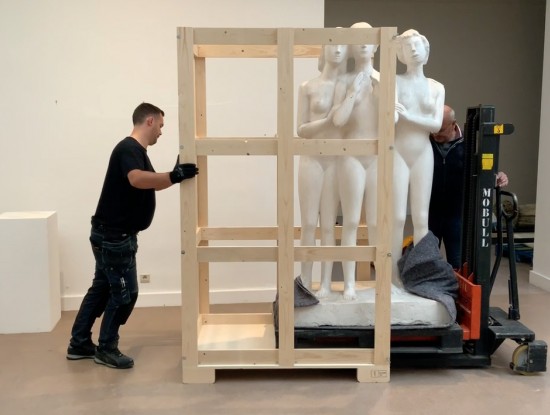
Permeke removals
The start of the renovation works also means that the last collection items, the statues, had to be removed from the Permeke Museum. The services of a specialist art transport company, Mobull, were called upon. The large plaster statues, such as the Three Graces, are hollow inside, making them fragile. To protect them against shocks from transport, custom-made supports and boxes were built. The statues from the basement of the museum presented an extra challenge: they weigh about 3000 kg. With the help of manpower and ingenuity, they were removed in one day. While the basement was being emptied, a mould of De Zaaier was discovered in a previously inaccessible space. An important discovery for the study of the statue and making of a reproduction!
All the sculptures and moulds were transported to a new work location in Ostend, a stone's throw from Mu.ZEE. The location was previously used as a storage area for the empty boxes of artworks and was set up as a studio especially for the Permeke project. Here the statues will be preserved and physically examined, about which more in a subsequent blog post.
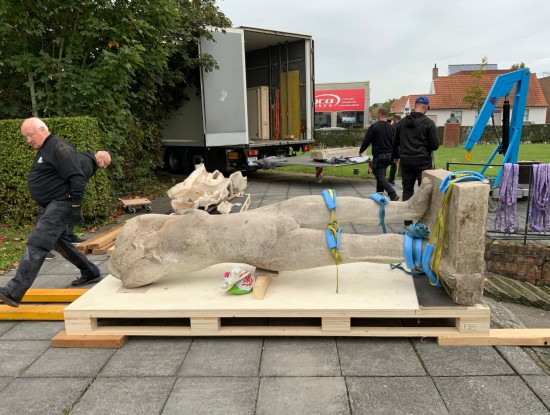
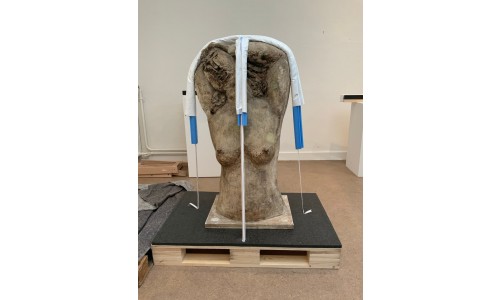
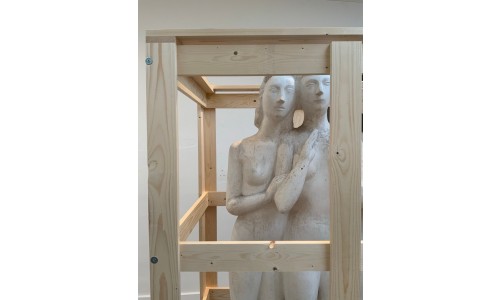
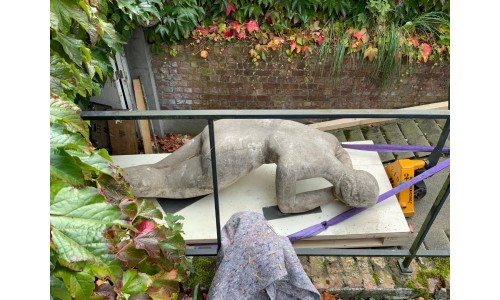
Dry cleaning and conservation
In the workshop, the different parts of the moulds are dusted. For this, we have some help from the master student of conservation-restoration, Rani de Vos, from the University of Antwerp. Each piece is thoroughly vacuumed and dry cleaned with special sponges, which crumble when they make contact with the surface. In this way, we avoid pushing the dirt into the pores of the plaster.
After that, each piece is labelled and inventoried. This is how we know that the Zaaier's mould has to consist of at least 60 parts! This kind of mould is thus called a ‘custom design’. Using positive or negative keys, the parts fit together like a giant puzzle. Before the silicone mould was introduced, this method of moulding was the most common method of making multiple castings of one image.
Permeke certainly had help in making the moulds and casting these large sculptures. The story made the rounds that he was assisted by a friendly farmer, but he himself writes in his letters about professional moulders and we also know that later his son-in-law, the artist Pierre Devos, also helped in his studio.

